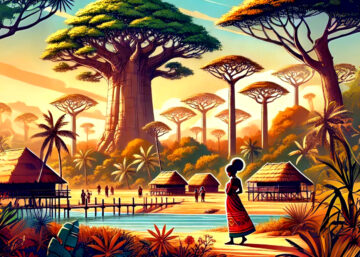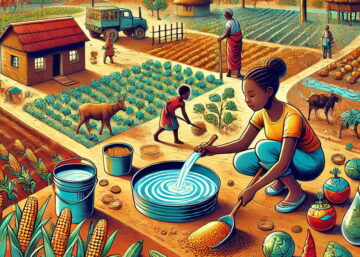Abstract:
Embers explores the intersection of tradition and modernity through the lives of two homes, one old and the other new, standing side by side in the rural village of Mlimani.
The older house, constructed with mud bricks and a thatched roof, is a symbol of heritage, holding memories of family gatherings and ancestral artifacts. In contrast, the newer house represents progress, with its concrete structure, running water, and modern amenities, built by the narrator’s daughter, Vuguza, as a testament to her success.
The story focuses on the emotional significance of the old house to the family matriarch, Kavogoi, as she contemplates its future. Despite its deteriorating state, she decides to merge the old with the new, using the savings to rejuvenate both homes, blending the past’s history with the promise of a brighter future. This narrative touches on themes of memory, family, and the tension between preserving heritage and embracing change.


